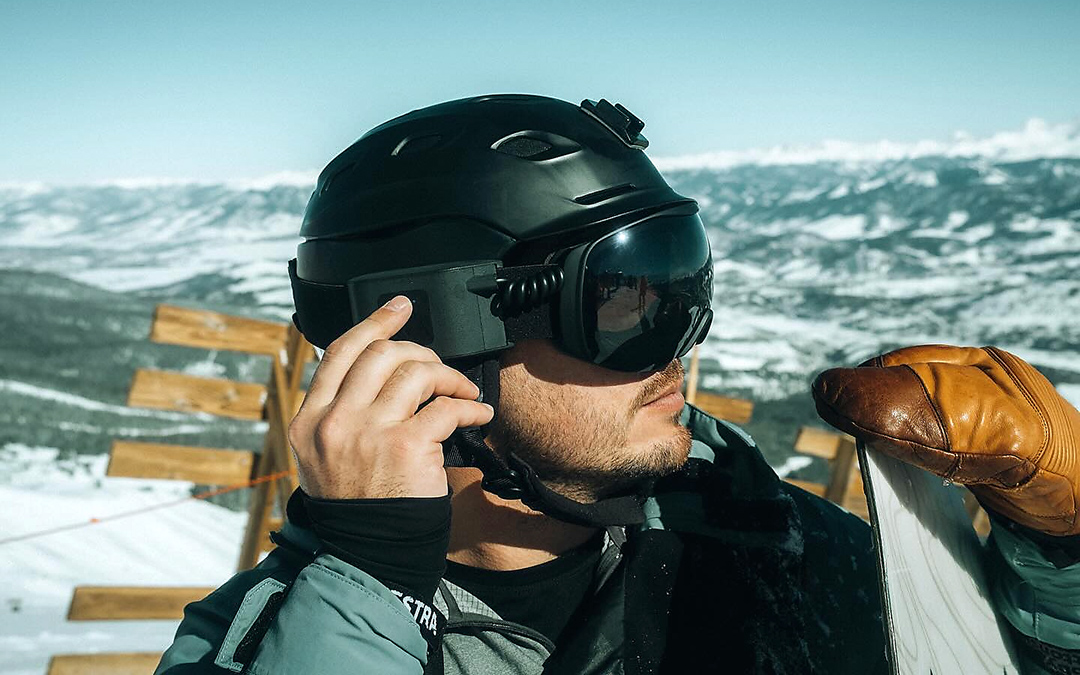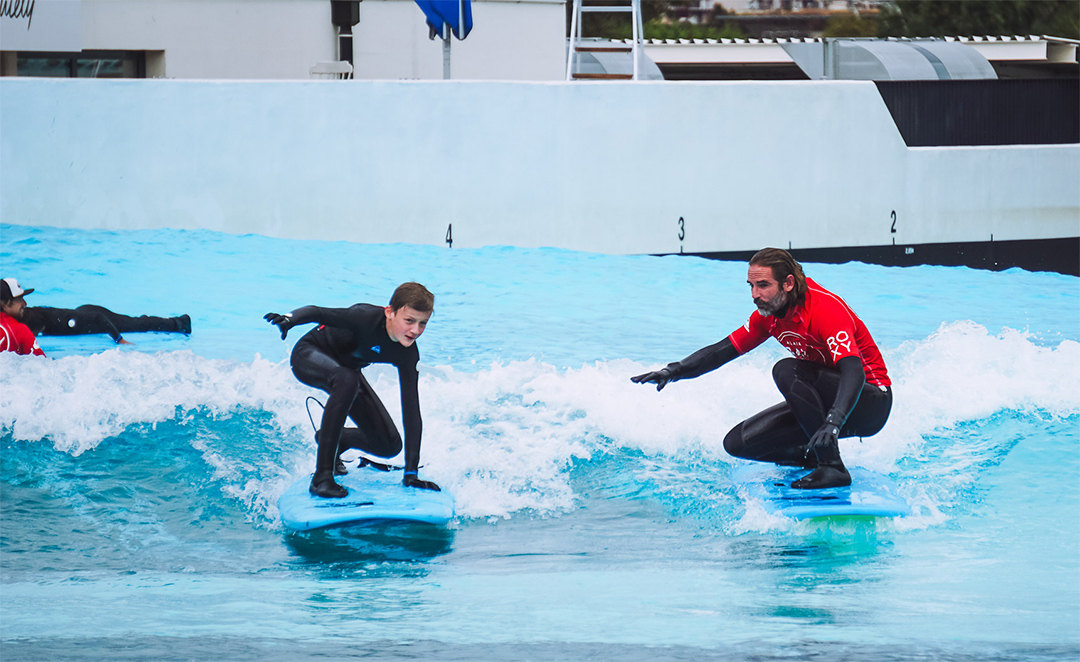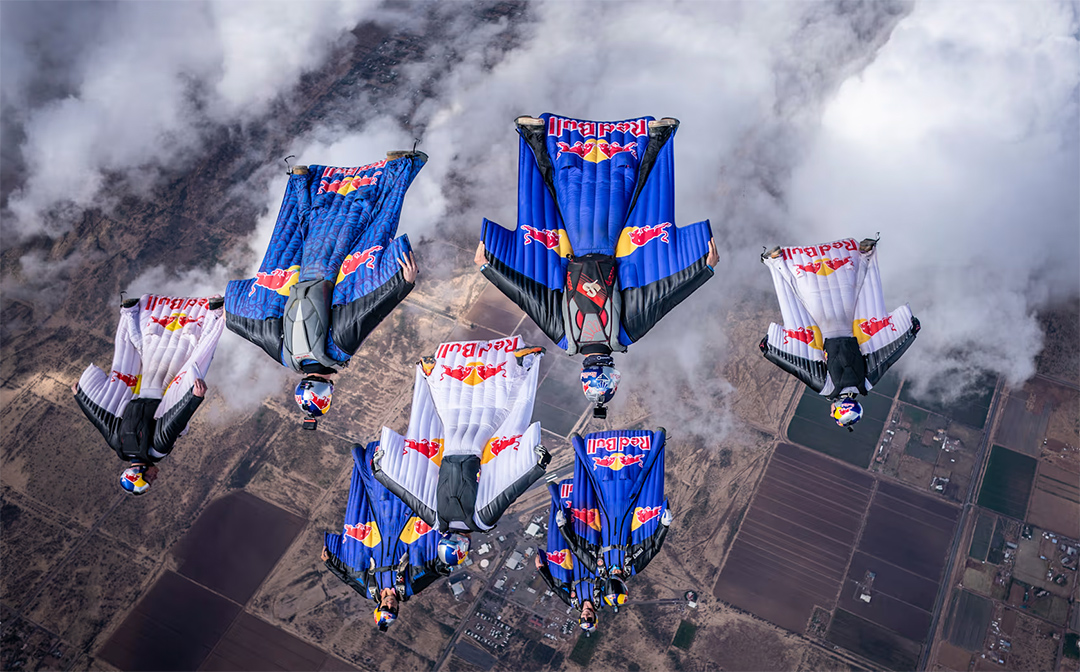On land, in water, and in the air, sports enhance capabilities through the fusion of new technologies and ingenuity.
Is this a process that has just emerged? Certainly not – achieving sports extremes has always been linked to scientific research and its implementation, perhaps since the inception of the Olympic Games. However, recent scientific and technological advancements have made these processes not only faster but also more unexpected, adding a competitive spirit to previously impossible feats.
Land
 Source: Rekkie.com
Source: Rekkie.com
AI Coaches
Athletics, fitness, and team sports now benefit from the assistance of artificial intelligence in coaching. By analysing athletes’ movements through cameras, AI programs point out errors and help improve motions and energy expenditure. One such development by BeOne Sports, initiated with the participation of the Ukrainian IT developer MobiDev in the USA in 2022, has become a trendsetter and is now successfully expanding, adding new sports to its analytical database. Scott Deans, the project’s founder and a former first-division NFL player, believes the key advantage of his product is its focus on the mass consumer and amateur sports.
Ski Goggles with AR
GPS navigator, virtual assistant, thermometer, compass, and even friend markers (if they have the same ski goggles) – it seems there is a chance to see this novelty at trendy ski resorts next season. The snow-white slopes are complemented by functions controlled through a touch panel without removing gloves. And yes, there is a built-in HD camera, so expect a flood of mountain beauty on YouTube in the spring.
Water

Foil Surfing
Highly spectacular and seemingly simple, foil surfing is now revealing its potential for mass application. Nearly 30 years after its invention, foil surfing is finally reaching the mass market. Boards are becoming lighter, foils more reliable, and the number of trainers and schools worldwide is increasing. Surfing star Laird John Hamilton began experimenting with foiling in the 90s. Now, even at sea shores, one can see athletes propelling boards “on stands” almost on the surface without waves. This is not to mention the motorised versions, priced from $1000 on the Chinese market, though a better option might cost around $2000-3000.
Wave Pools
This could be called a slow innovation, as the first wave pool suitable for surfing, “Surf-a-Torium,” opened back in 1966 in Japan. Several places claim to have developed the first wave pool in the United States, including Big Surf in Tempe, Arizona, and Point Mallard Park in Decatur, Alabama, both opening in 1969. Today, the number of wave pools is countless, but the records mostly belong to the Thais. The largest artificial waves in the world, up to 3.3 meters (11 feet) high, can be found at Siam Park on Tenerife, inaugurated by Princess of Thailand Maha Chakri Sirindhorn. The largest wave pool by area is in Siam Park in Bangkok, spanning 13,600 square meters.
After the COVID pandemic, wave pools have begun appearing even in countries where surfing was not considered a viable option, and the number of home surfers in London suburbs, the Swiss Alps, Chinese metropolises, and the Texan prairie is rapidly growing.
Air

Jetpacks
The idea of a backpack that allows one to fly faster than an airplane emerged long before its practical implementation, not with engineers but with the science fiction writer Sarah Orne Jewett, who in 1896 described a person flying with an engine on their back in her novella “The Country of the Pointed Firs.” The most famous demonstration of a working “Bell Rocket Belt,” commissioned by the US Army in the 50s, was in a Bond movie. In “Thunderball,” James Bond (actually stuntman Gordon Yeager, not Sean Connery) escapes from a mansion full of criminals using a jetpack. Jetpacks are gradually transitioning from expensive professional sports to expensive amateur sports, still awaiting global recognition and admiration as a spectacular realisation of the human dream to fly.
Wingsuit
This thrilling and extreme sport is also approaching the mainstream. The only thing holding back mass adoption is its extreme danger. Wearing an enlarged, high-tech copy of a flying squirrel’s skin requires an experienced parachutist who understands airflows. The wingsuit concept is politely attributed to Leonardo da Vinci, but the first successful attempts were made less than 100 years ago in the USA. Now, wingsuit daredevils can still capture attention on YouTube or Netflix, but due to high injury rates and fatalities, the number of followers stabilises naturally. Two years ago, BMW i introduced a combination of wingsuit and electric turbines, possibly marking the beginning of a new, safer phase – pilots at least won’t need to find a cliff or skyscraper roof to start.
Drone Racing
Spears, javelins, shot puts, and darts – these sports evolved from military disciplines, turning weapons into sporting equipment. With drones, it went the other way around. The invention primarily used by videographers, farmers, and race pilots is now deciding the brutal fate of battles. For modern people, the term FPV evokes images of Russian tanks or APCs rapidly approaching on a drone’s blinking screen before disappearing forever after being hit by delivered explosives. The war will end, but drone sports won’t. With many specialists capable of stopping armoured hordes with almost toy-like devices assembled at home, Ukraine will be unbeatable in drone racing. Dreaming of peace, let’s look at how it was before the war, at the metallurgical plant in Zaporizhzhia, during peaceful times at a peaceful competition.
Source: The Gaze







